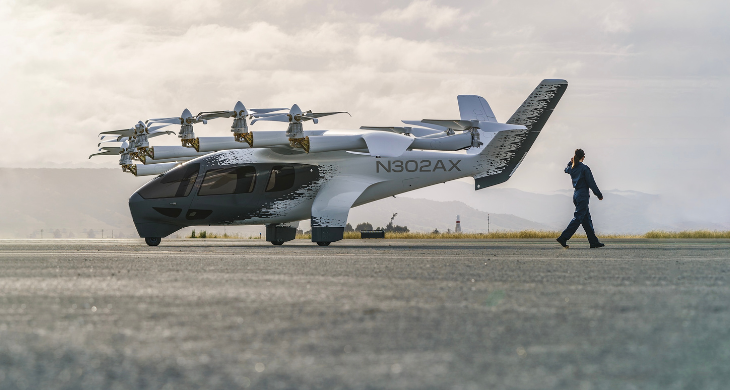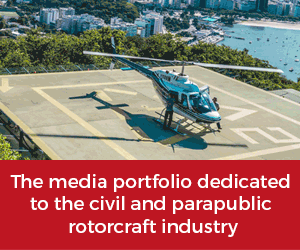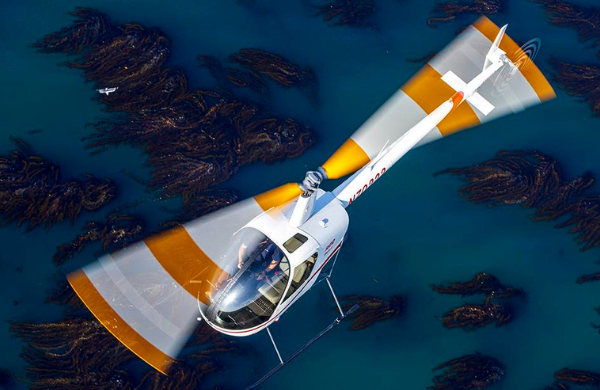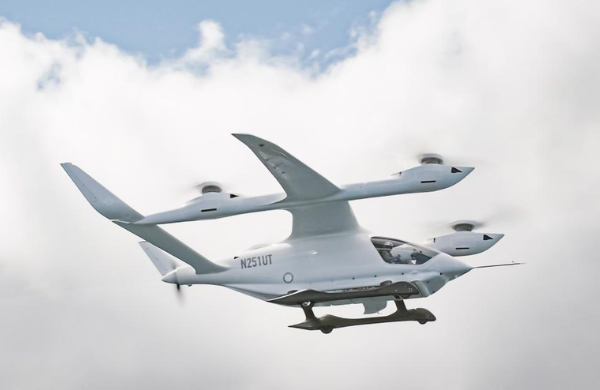With the commentary period closed, several industry actors have weighed in with their responses to the Notice of Proposed Rule Making (NPRM), which defines a Special Federal Aviation Regulation (SFAR) which deals with aircrew licensing for eVTOLs. In common with EASA’s position, the FAA proposes that the way forward, at least in the medium term, is to pursue a type rating solution to the licensing question rather than any kind of overarching eVTOL pilot licence framework. So far, so good. The disagreement comes in the form that the type training will take. The FAA proposes in the NPRM that it will continue its policy, which has been in place since the 1930s, that aircraft used for training shall be fitted with dual controls. Since the current crop of piloted eVTOLs in development are all configured for single-pilot operations with a single set of flight controls, this will present a requirement for OEMs to develop “T” models of their aircraft.
Industry bodies, including HAI and the General Aviation Manufacturer’s Association (GAMA), argue that this requirement places an unwarranted burden on the OEMs since simulation technology is of high enough fidelity that conversion to type can be completed with zero-hours flying. They cited the US military’s decision not to develop a trainer variant of the F-35 S/VTOL fighter and the abandonment of the TAV-8B for conversion training, preferring instead to carry out conversion in simulators. HAI also points to the lack of similar requirements in the proposed EASA regulation introduces harmonisation issues.
In addition, HAI questions the need for professionally rated pilots (CPL/ATPL) to have 50 hours on type for the type rating.
Meanwhile, the pilot’s union, the Airline Pilot’s Association International (ALPA-I), argues that air taxis without dual controls “should not be operated in commercial, civil operations” and adds, “ALPA will oppose any operation of a single-control system.” That opposition extends to flight operations as well as training. While its arguments for the training requirement are obvious, the validity of the wider demand for dual controls appears questionable. That said, ALPA-I’s position may be part of the union’s broader opposition to single-pilot operations in any form of air transport.
Another bone of contention is the question of fuel reserves. ALPA-I supports the FAA proposal concerning fuel reserves, arguing that there is no reason the conventionally powered aircraft limits of 45 and 30 minutes for IFR and VFR flights, respectively, should be removed for electrically powered aircraft, saying that safety equivalence demands their retention. However, OEMs argue that the rule written for internal combustion engines is insufficiently flexible for battery-based fuel. One of those OEMs, Joby, in its submission, said that the reserve requirement might not be able to operate flights “because of disproportionate energy reserve mandates”. Meanwhile, in its response, Supernal said that the recharging requirements to meet reserve rules would “significantly shorten battery life”.








